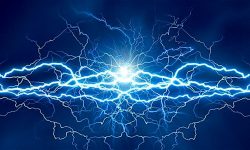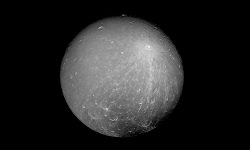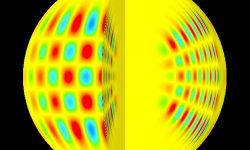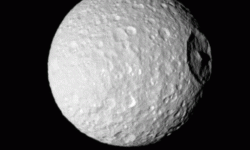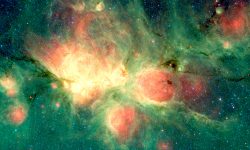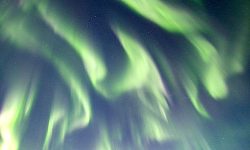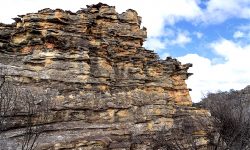Stellar Mass
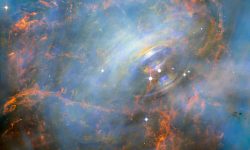
January 17, 2020 High-velocity particles in orbit around some stars seem to indicate relativistic effects. Part of what physicists are trying to understand is the observation of spectral lines from “hot iron atoms” that appear to orbit close-in to the surfaces of neutron stars. As interpreted by conventional theory, the…





